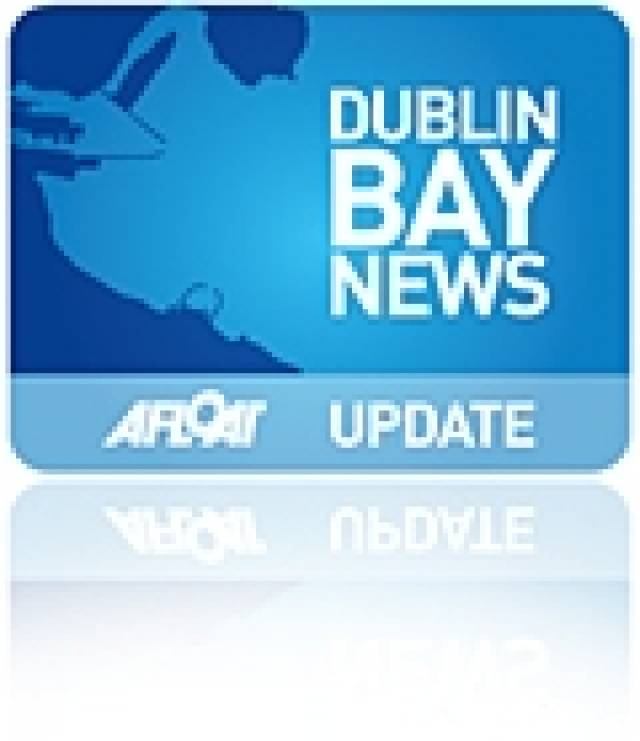#beneteau21 – The Beneteau 21 (B21) class association, which caters for owners of Beneteau 210, 211 and 21.7 boats is hosting an open day in Dun Laoghaire on June 7th. The new 'Dublin Bay 21' class featured in Winkie Nixon's sailing blog on Afloat.ie last season.
The B21 is emerging as a strong one design class where the racing is friendly and the ownership costs are low. The boast are versatile, being a good compromise between racing and weekend cruising.
The objectives of the open day are twofold. The first is to give people with a little sailing experience a chance to race on the Beneteau 21 and they might then become regular crew on one of the boats. The second is to give prospective owners and owners who don't currently race the opportunity to try out racing in a low pressure environment.
The format for the day is:
Meet 09:45 at the Dun Laoghaire Marina.
10:00 Briefing
10:30 Introductory sail on a Beneteau 21.
12:00 Raft up for lunch in the Royal St George Yacht Club
13:00 Leave to compete in the afternoon DBSC race (weather permitting)
17:00 Debriefing and a pint!
There is no charge for the day, however we are asking people to register by texting your name and email address to 087 1228665.

























